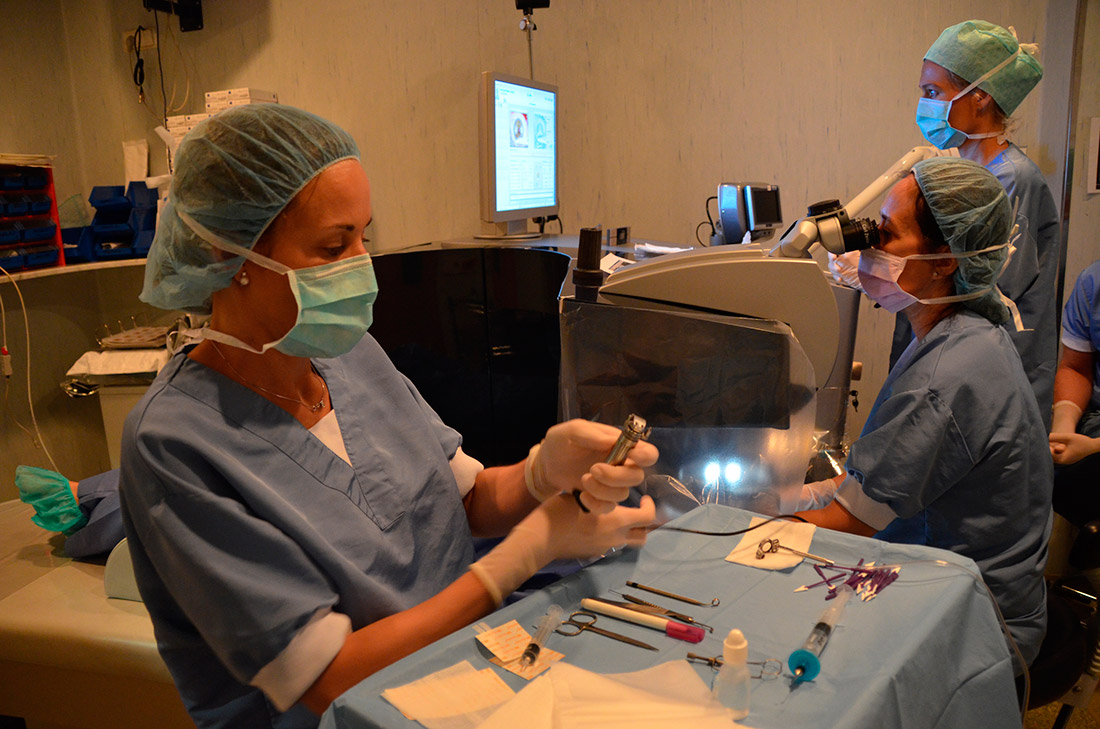
Refractive surgery with intraocular lenses
Refractive Surgery Techniques
There are different techniques but the most frequent is laser surgery (Lasik, Lasek, PRK) and surgery with intraocular lens (epicapsular lenses, iris-fixated lenses and multi-focal or tri-focal lenses). Other techniques, such as intra-corneal rings or corneal incisions are less frequent and used in selected and special cases. At times, these techniques may be complementary and you may require two or more techniques to treat certain refractive defects.
Intraocular lenses
Laser surgery is perhaps the most popular technique, but this has some limitations which are not encountered with intraocular lens. Therefore, in this article we are going to review the characteristics of these types of lenses.
Epicapsular lens (like the ICL lens) are placed between the iris and the crystalline lens, and can correct a large range of dioptres in cases of myopia, hypermetropia and astigmatism. They can be implanted in cases with thin corneas, dry eyes or large pupils, where laser surgery is not recommended.
Implanting ICL lenses is a technique that can be easily reversed, if necessary, because the lens removal process is a very simple one. In addition, it provides high quality vision, the lenses are not visible, and they are compatible with all kinds of sports and professions- they are suitable for policemen, pilots, divers, etc.
The lenses are implanted with local anaesthesia (in the form of eye drops), followed by a 3 mm incision that does not require stitches. Recovery is normally extremely fast.
Iris-fixated lenses are placed between the iris and the cornea, in the anterior chamber of the eye. The indications are the same as for ICL lenses, although they are slightly more difficult to implant and they can be visible to others.
Multi-focal or tri-focal lenses are placed inside the lens capsule, which entails the necessary extraction of the lens nucleus and cortex (through phacoemulsification and aspiration) before the lens is implanted. This is the best technique for patients over 40-45 years old, as it can also correct tired sight (presbyopia), which can already start to appear at this age. It can correct nearly the entire range of myopic, hypermetropic and astigmatic defects. Visual recovery also tends to be quick, and patients can return to normal life in a few days.

